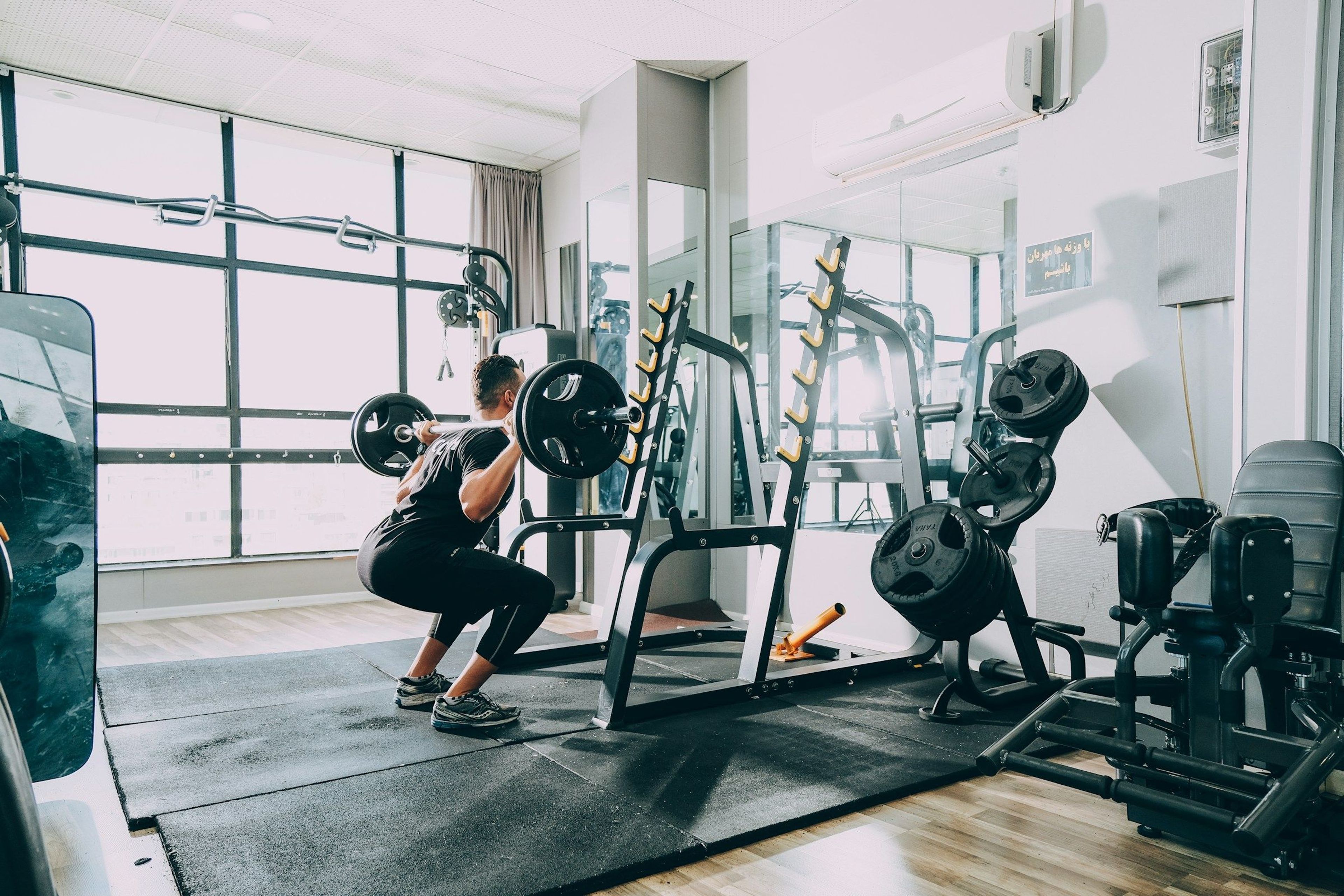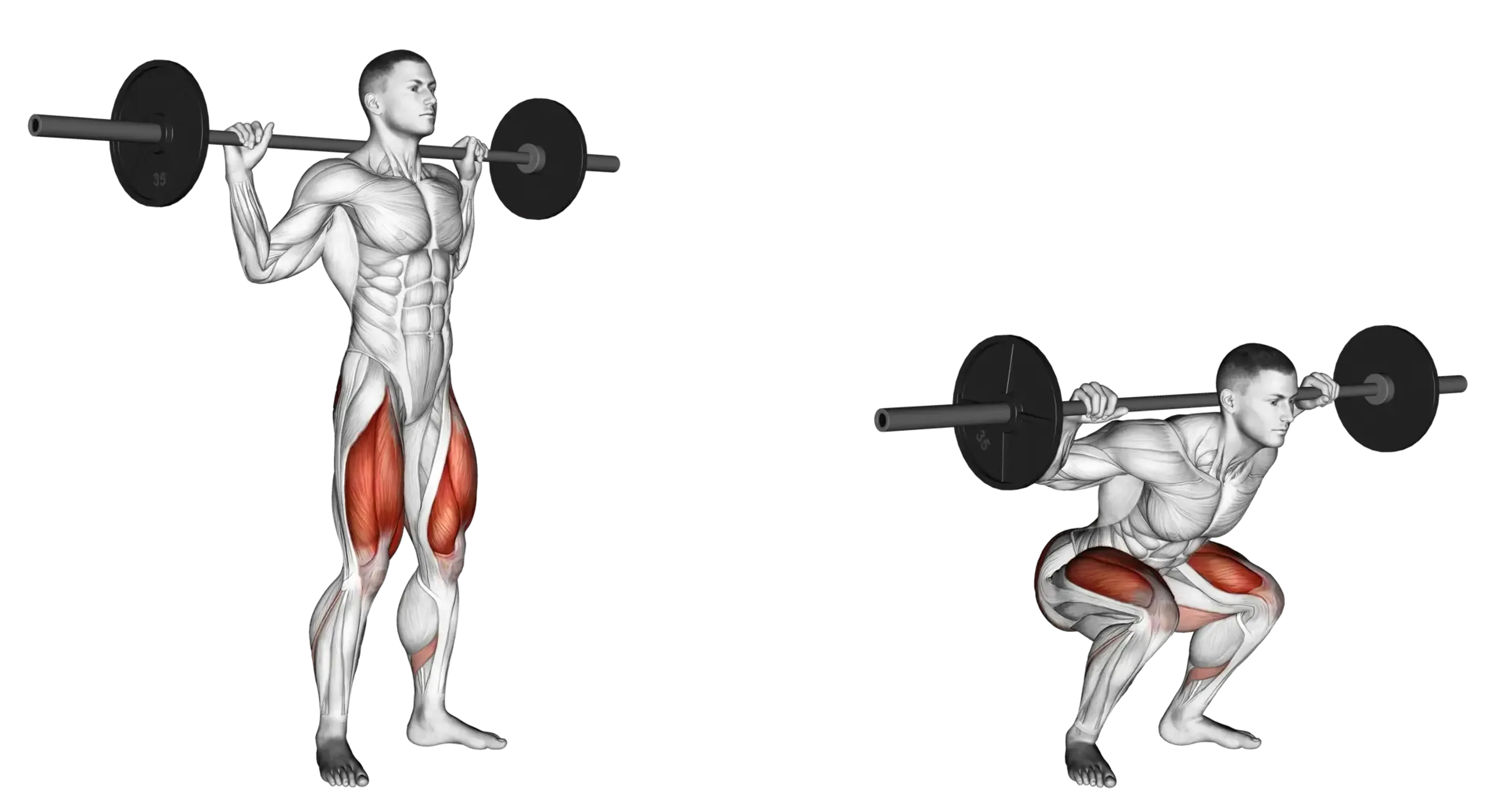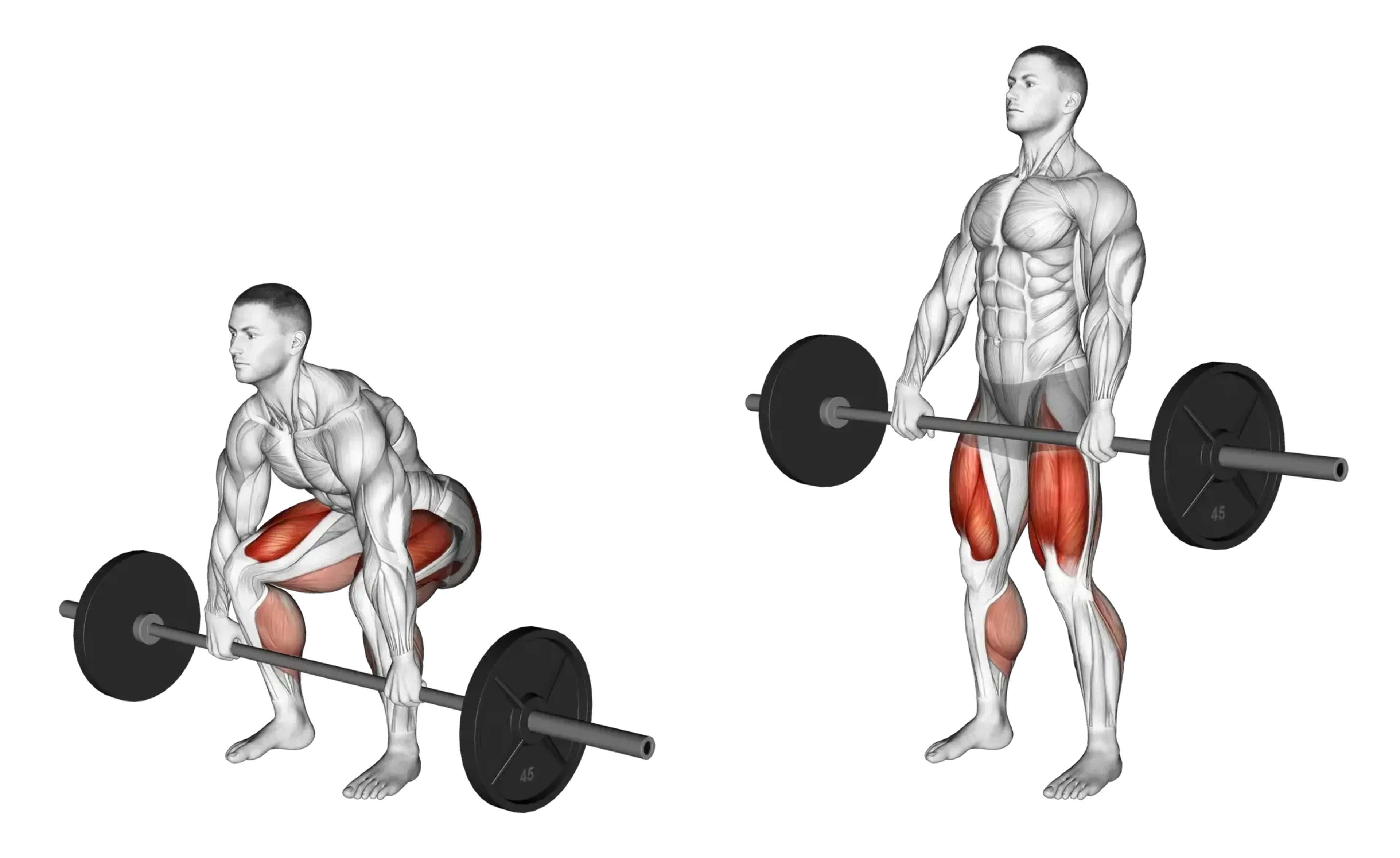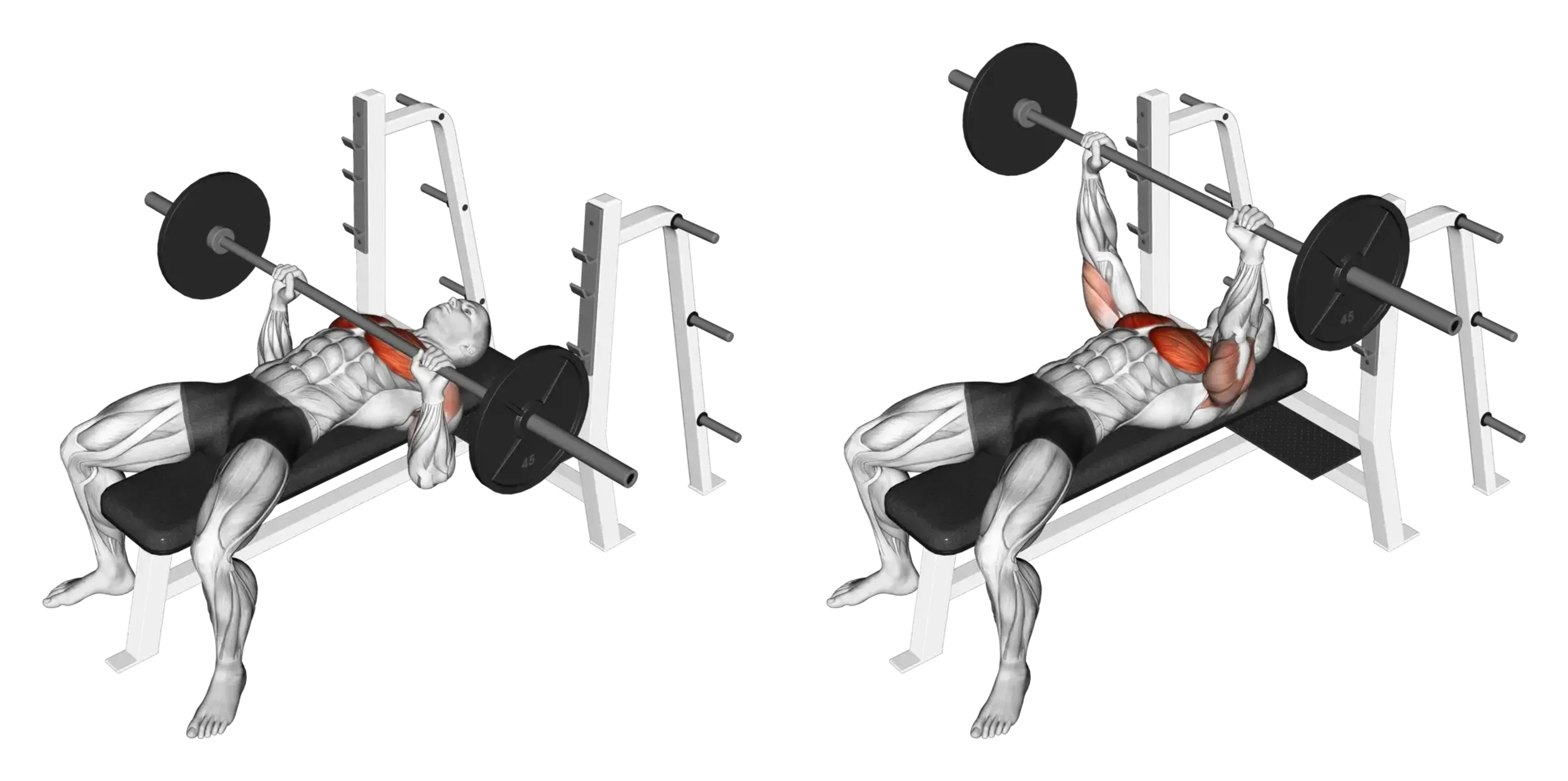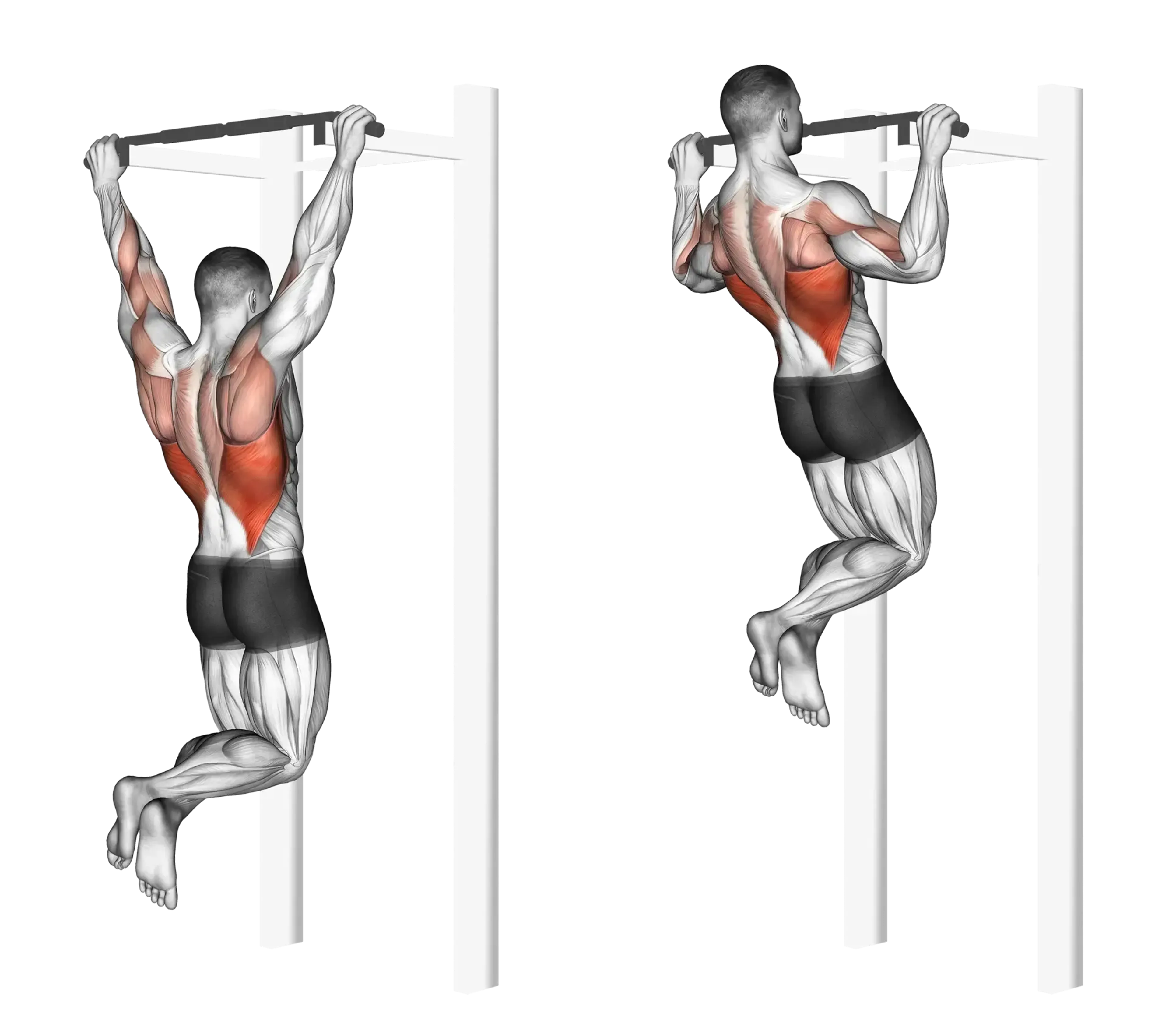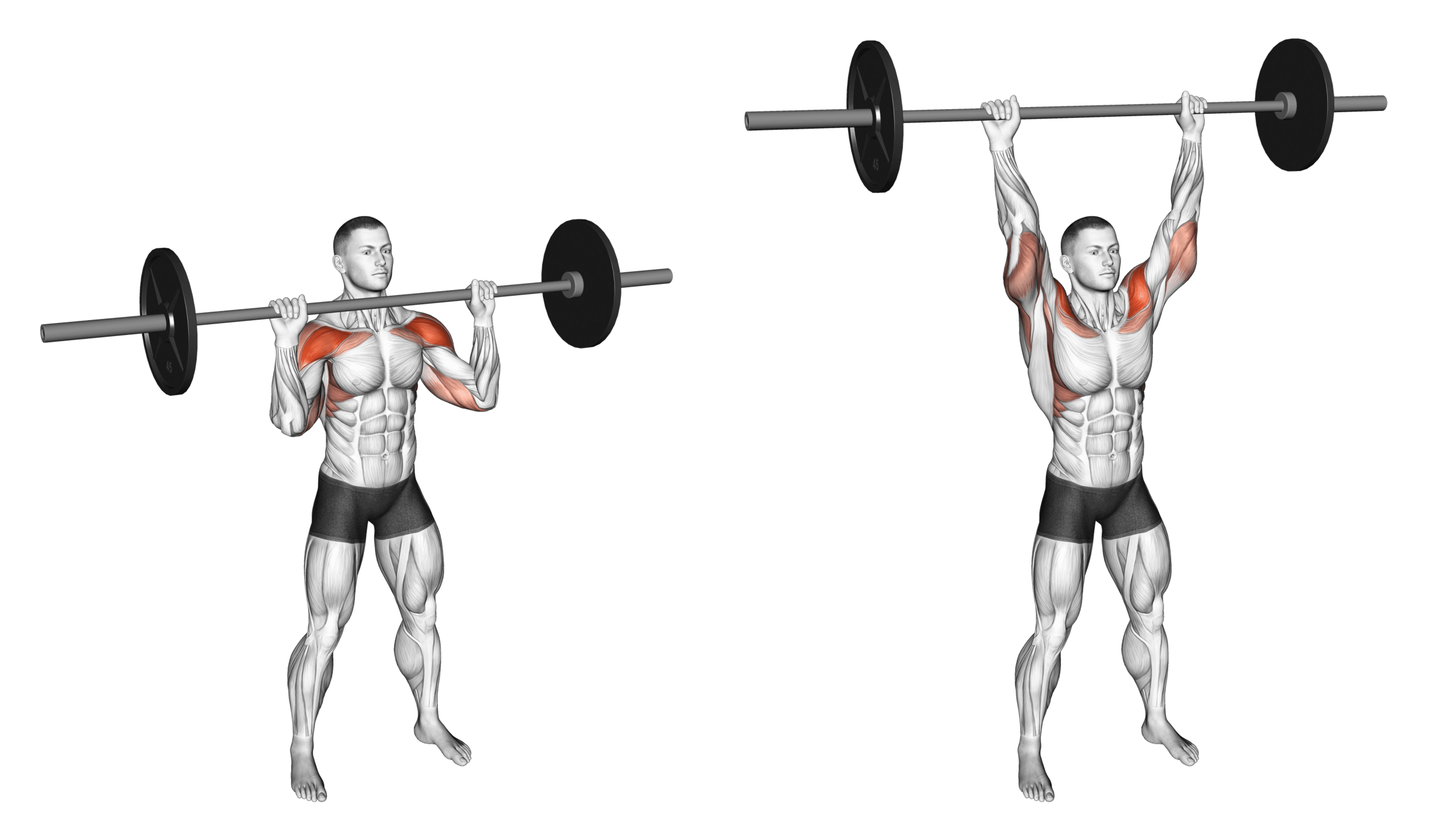If your goal is to build serious muscle, gain functional strength, and make every minute in the gym count, your workout needs a solid foundation. While isolation exercises have their place, the most efficient path to a powerful physique is paved with compound movements. These are the multi-joint, multi-muscle exercises that deliver the most bang for your buck, stimulating growth and strength in a way single-joint movements simply can't match.
What is a Compound Exercise?
A compound exercise is a multi-joint movement that works several muscle groups at once.
Forget fragmented workouts and endless sets targeting tiny muscles. It's time to focus on the lifts that build the very framework of strength. This guide cuts through the noise to focus on the "Big Five" - a legendary quintet of exercises proven to deliver unparalleled results. We'll dive into why these specific movements are considered the cornerstone of effective strength training.
Get ready for a deep dive into the five best compound movement exercises: the Barbell Squat, the Barbell Deadlift, the Barbell Bench Press, the Pull-Up, and the Overhead Press. We’ll explore the "why" behind each lift, provide actionable steps for proper execution, and show you how to integrate these powerhouses into your routine to unlock your true strength potential.
The Big Five: Quick Summary

Barbell Squat
Lower-body strength and size; core bracing and mobility.

Barbell Deadlift
Posterior chain power; grip and hip extension.

Barbell Bench Press
Upper-body mass; horizontal pressing strength.

Pull-Up
Back width and arm strength; bodyweight pulling.

Barbell Overhead Press
Shoulder strength and stability; full-body tension.
1. Barbell Squat
Often hailed as the "king of all exercises," the barbell squat is more than just a leg exercise; it's a full-body movement that builds a powerful foundation for all other strength endeavors. It's a fundamental human movement pattern that translates directly to everyday life, from lifting heavy objects to improving athletic performance. Mastering the squat builds raw lower body strength, fortifies your core, and triggers a significant hormonal response that promotes overall muscle growth.
- Primary: quadriceps, glutes, adductors
- Secondary: hamstrings, erectors, core
- Why it matters: biggest lower-body driver for strength and size
2. Barbell Deadlift
If the squat is the king, the deadlift is the undisputed emperor of strength. It is the rawest test of total-body power, involving lifting a dead weight from the floor until you are standing fully erect. No other exercise engages more muscle mass simultaneously. The deadlift builds a thick, powerful posterior chain (the muscles on the back of your body), develops a crushing grip, and forges mental toughness like nothing else.
The deadlift is the final event in powerlifting for a reason - it’s the ultimate measure of pure, unadulterated strength. Its functional benefit is unmatched, teaching you how to safely lift heavy objects off the ground, a skill that protects your back and serves you for a lifetime.
- Primary: glutes, hamstrings, erectors, lats
- Secondary: quads, traps, forearms, core
- Why it matters: unmatched full-body loading and carryover
3. Barbell Bench Press
The barbell bench press is the most iconic upper-body exercise and the gold standard for measuring pushing strength. This horizontal press develops the chest, shoulders, and triceps like no other movement. It’s a staple in every strength program, from bodybuilding to powerlifting, for its proven ability to build a powerful and muscular upper torso.
Beyond aesthetics, a strong bench press contributes to better performance in sports that require upper-body force, such as football and martial arts. Its inclusion in the NFL combine highlights its value as a key indicator of raw power.
- Primary: pecs, anterior delts, triceps
- Secondary: serratus anterior, lats (stability), forearms
- Why it matters: highest-load horizontal press for strength and hypertrophy
4. Pull-Up
The pull-up is the ultimate test of relative upper-body strength. It requires you to lift your entire bodyweight, making it an unparalleled builder of the back and biceps. Mastering the pull-up creates the coveted "V-taper" physique, develops a powerful grip, and builds functional strength that translates to climbing, pulling, and lifting.
From military fitness tests to elite gymnastics, the pull-up is a universal benchmark of fitness. It's one of the most effective and accessible compound movements, requiring only a bar and your own determination.
- Primary: lats, biceps, rhomboids
- Secondary: traps, rear delts, forearms, abdominals
- Why it matters: bodyweight pulling that scales with strength and leanness
5. Overhead Press
The standing barbell overhead press (OHP), or military press, is the purest test of upper-body pressing strength. It involves pressing a weight from your shoulders to an overhead position, demanding strength, stability, and full-body coordination. A strong OHP builds powerful, well-rounded shoulders, strong triceps, and a rock-solid core.
Unlike seated presses, the standing version forces your entire body to work as a single unit to stabilize the load. This makes it a superior functional movement for building real-world strength that translates to any activity requiring you to move objects overhead.
- Primary: deltoids, triceps
- Secondary: upper chest, traps, core, glutes
- Why it matters: overhead strength and stability with full-body integration
Putting It All Together: Your Blueprint for a Stronger Body
You now have the definitive list of the Big Five - the absolute best compound movement exercises for building a foundation of strength and muscle. The Squat, Deadlift, Bench Press, Pull-Up, and Overhead Press are not just exercises; they are the pillars upon which any effective strength program is built. They are timeless, proven, and brutally effective.
The true power of this knowledge lies in its application. Consistency in execution and a commitment to progressive overload are the keys to unlocking your potential.
From Knowledge to Action: Your Next Steps
Reading about these lifts is the first step. Now it’s time to act. Here’s how to integrate these movements into your training for maximum results:
- Prioritize Form Above All Else: Before adding weight, dedicate yourself to mastering the technique of each lift. Watch tutorials, ask for help, or work with a coach. Perfect form is the best way to prevent injury and ensure you’re targeting the right muscles.
- Structure Your Workouts Logically: Build your training week around these core lifts. You can use a full-body routine three times a week or split them into upper and lower body days. For example, a lower body day could be built around the Squat and Deadlift, while an upper body day focuses on the Bench Press, Overhead Press, and Pull-ups.
- Embrace Progressive Overload: To get stronger and build muscle, you must consistently challenge your body. This means gradually increasing the weight, reps, or sets over time. Keep a training log to track your progress and ensure you are consistently pushing your limits.
Mastering these five compound lifts will do more than change your physique; it will build discipline, mental fortitude, and a new level of confidence that extends far beyond the gym. You are now equipped with the ultimate toolkit for building strength. Start with a weight you can control, focus on perfect execution, and commit to the process. Your journey to a stronger you begins now.
FAQ
How often should I train each lift?
Most lifters progress on 1 to 2 exposures per lift per week. Technique often improves faster with 2 lighter exposures than 1 heavy exposure.
Can I build muscle with lower reps?
Yes. Total hard sets and proximity to failure matter more than exact reps. Mix heavy sets of 3 to 5 with moderate sets of 6 to 10.
Are machines okay if I cannot barbell squat or deadlift?
Yes. Leg press, hack squat, and cable rows cover similar patterns.

